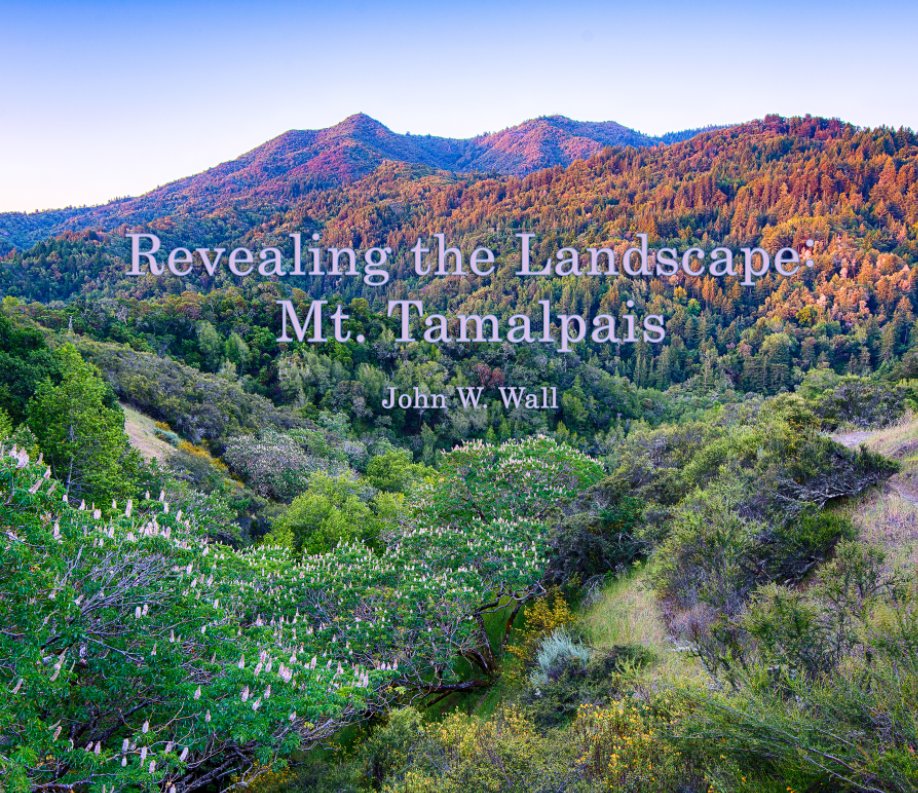 |
| White-crowned Sparrow Eating Nightshade Berry, Middle Lake |
I was disappointed (just a little bit) that I never needed the rain gear I brought along as I biked around Golden Gate Park to see what I might find this morning. It was also a lot warmer than I expected, and I had to shed a layer when I locked the bike to walk around Strawberry Hill at Blue Heron Lake.
Somber skies lent a subdued flavor to the walk, which turned up relatively little bird action at Blue Heron Lake. The quiet extended also to Mallard Lake, Metson Lake, and North and South lakes (Middle Lake sported a bevy of yellow-rumped warblers who made it more lively there).
Down at the beach it appeared that the storm chased away virtually all of the brown pelicans who'd been resting at Seal Rocks, which are now inhabited by a loose scattering of cormorants holding fast against strong winds.
On the way home I stopped at Andronico's, where the Ben & Jerry's was priced half-off due to effects from yesterday's power outage. At least, I surmised as much. An explanation for the price drop was posted on the freezer glass but was too wet and curled to make out through the condensation. The pints seemed all right to me, not too squishy, so I grabbed a couple. I felt like I deserved a treat after yesterday's 12-hour power outage and having to cook dinner on a camping stove.
 |
| Recent rains took apart this owl pellet at Blue Heron Lake. |
 |
| The owl was long gone, but an Anna's hummingbird was perched nearby and chasing off interlopers near its gooseberry patch. |
 |
| Catching the Early Bloom |
 |
| These guys reminded me of deer mushrooms, but I think they are some other good-looking fungus. |
 |
| Hermit Thrush, Blue Heron Lake |
 |
| There are still lots of false chanterelles coming up. |
 |
| And more sulfur tufts. |
 |
| I'm still waiting to see a ruby-crowned kinglet wearing its Santa hat. |
 |
| Silktassel on Strawberry Hill |
 |
| Holiday Colors at Middle Lake |
 |
| I believe these are black nightshade, not deadly nightshade, so the sparrow is unlikely to start hallucinating from a scopolamine binge. (Note the unobtrusive band on its left leg.) |
 |
| Hooded Mergansers at Rest, North Lake |
* * *























































